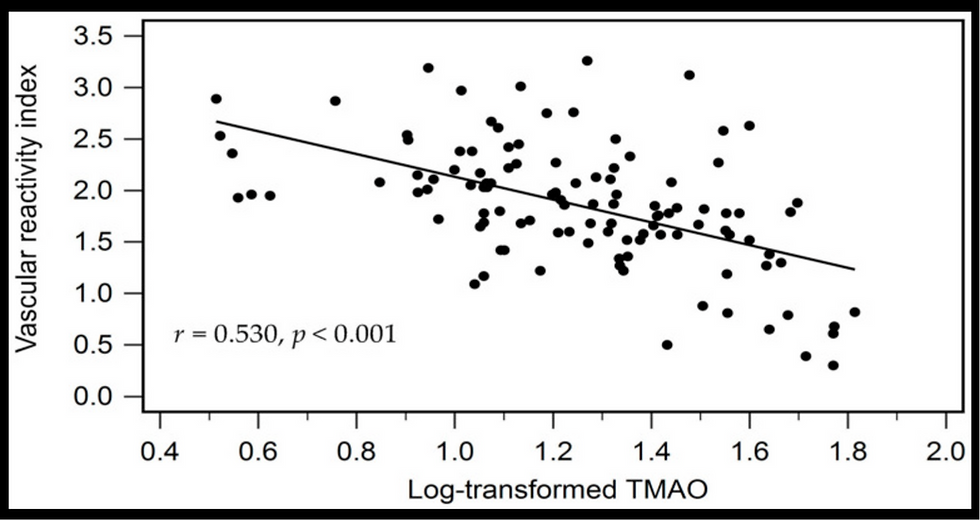Massive Microvascular Dysfunction Seen across US Outpatient Clinics:
- heartlung
- Jan 16, 2023
- 2 min read
Updated: Jan 18, 2023
A Sign of High Residual Risk? Data from 7,105 Patients
Research Article | Open Access
Volume 2022 |Article ID 4224975 |
High Frequency of Microvascular Dysfunction in US Outpatient Clinics: A Sign of High Residual Risk? Data from 7,105 Patients
Morteza Naghavi,1,2 Stanley Kleis,3 Hirofumi Tanaka,4 Albert A. Yen,5 Ruoyu Zhuang,3 Ahmed Gul,3 Yasamin Naghavi,3 and Ralph Metcalfe3
Abstract
Previous studies have linked peripheral microvascular dysfunction measured by arterial tonometry to high residual risk in on-statin patients. Digital thermal monitoring (DTM) of microvascular function is a new and simplified technique based on fingertip temperature measurements that has been correlated with the burden of atherosclerosis and its risk factors. Here, we report analyses of DTM data from two large US registries: Registry-I (6,084 cases) and Registry-II (1,021 cases) across 49 US outpatient clinics. DTM tests were performed using a VENDYS device during a 5-minute arm-cuff reactive hyperemia. Fingertip temperature falls during cuff inflation and rebounds after deflation. Adjusted maximum temperature rebound was reported as vascular reactivity index (VRI). VRI distributions were similar in both registries, with of in Registry-I and in Registry-II. In the combined dataset, only 18% had optimal VRI (≥2.0) and 82% were either poor (<1.0) or intermediate (1.0-2.0). Women had slightly higher VRI than men ( 1.62±56 vs. 1.54±47, P<0.001). VRI was inversely but mildly correlated with age (r= -.19, P<0.001). Suboptimal VRI was found in 72% of patients <50 years, 82% of 50-70 years, and 86% of ≥70 years. Blood pressure was not correlated with VRI.
Conclusion: In this largest registry of peripheral microvascular function measurements, suboptimal scores were highly frequent among on-treatment patients, possibly suggesting a significant residual risk. Prospective studies are warranted to validate microvascular dysfunction as an indicator of residual risk.


A hypothetical comparison of high residual risk reported by major statin trials versus the high sub-optimal vascular reactivity index (VRI) in digital thermal monitoring (DTM) registries. Created based on “Residual risk: Is LDL target enough?
![Lipoprotein(a) levels predict endothelial dysfunction in maintenance hemodialysis patients: evidence from [VENDYS] vascular reactivity index assessment](https://static.wixstatic.com/media/dac531_5285607cc591409a9d83746f042af7c6~mv2.png/v1/fill/w_980,h_980,al_c,q_90,usm_0.66_1.00_0.01,enc_avif,quality_auto/dac531_5285607cc591409a9d83746f042af7c6~mv2.png)


Comments